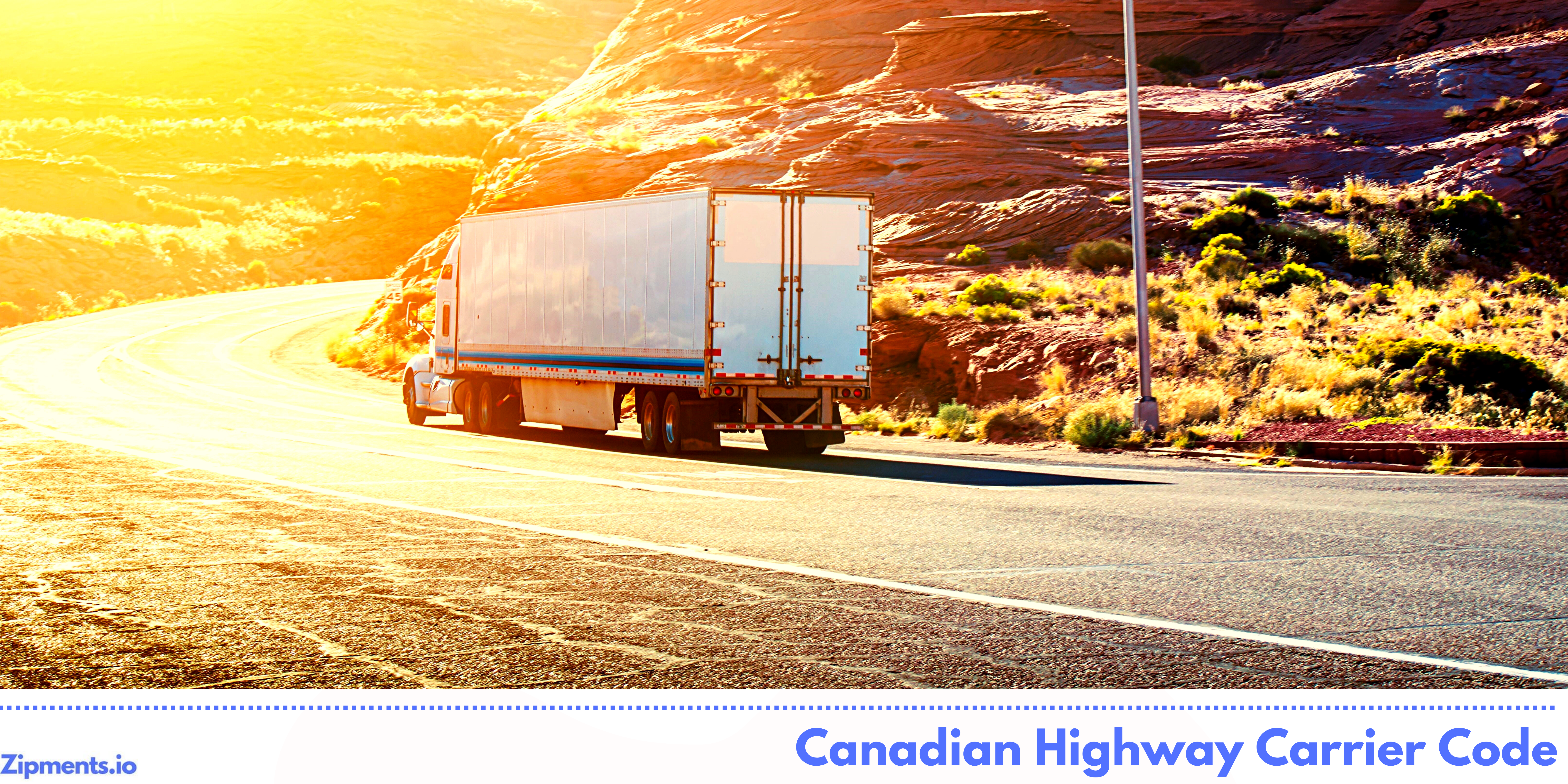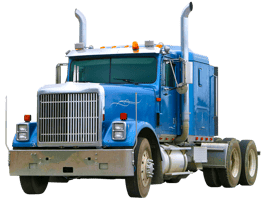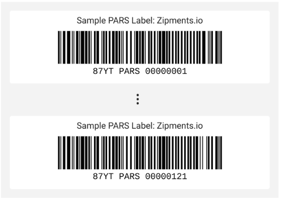When you move freight, it's important to have a clear and concise understanding of who is involved...
Canada Carrier Code: Application and Requirements
If you are transporting commercial goods into Canada, you will likely want to get an understanding of the Canadian highway Carrier Code. When arriving at the Canadian border, you will not be permitted to enter without a few key documents, one being this code. In order to identify carriers crossing the border, Canada Border Services Agency (CBSA) refers to the carrier code, no matter how many times one may be crossing the border. It is a rather easy process in applying for one, but knowing a few key elements may make your transport process easier. 
What is the Canada Carrier Code?
The Canadian Carrier Code is a four character code which Canadian border services (CBSA) uses in identifying carriers who are crossing the border with commercial goods, thus transporting commercial goods from or into Canada. If you are familiar with the SCAC code (USA carriers), then this is basically the Canadian version of the code used in identifying carriers. Canadian ACI eManifest systems use this code at border crossing, and you will find it at the beginning of the trip number and Cargo Control Number (CCN).
US carriers, don’t forget you need your PARS stickers/labels if you plan on importing into Canada.
There are two classifications of carriers, bonded and non-bonded. We’ve covered more detail about what bonded and non-bonded means, but these carrier codes allow CBSA to determine where the freight is released at the Canadian border. Non bonded carriers need to release their freight at first port of entry, while bonded carriers can transport shipments inland due to previously paid security on the goods they are carrying. Separate documents are required to become a bonded carrier, and the application process is a little more extensive.
What is a carrier?
For the CBSA, a carrier is the individual who has a role in transporting commercial goods internationally, operating the conveyance or vehicle used to transport the goods into or from the country.
Who needs a Canada Carrier Code?
Carriers who are crossing the Canadian border with commercial goods require a carrier code. If you are doing business with a Canadian government agency, meaning the CBSA, you will need this code. If the goods are transported for a fee, or even empty cargo containers being imported, you may need a carrier code.
Only one code is issued per legal entity, meaning the corporation, sole proprietor or partnership, for each mode of transport (ie: highway, air etc.). Before applying, you also first need to determine if you need a non-bonded or bonded code.
How do I get a Canadian Carrier Code?
You need to apply with the CBSA to receive your code. Zipments provides an easy Canada Carrier Code form generator, where you can fill out the carrier code form template online automatically, and a team of industry professionals reviews and then submits your application to CBSA. There is no printing or scanning involved. This process saves you time in submitting your carrier code application. Right now, Zipments supports forms for non-bonded carriers but will be expanding soon.
Once your application is submitted, your code should be issued within 3 days by the CBSA, and you are ready to make your trip across the border!


.jpg?height=200&name=Black%20Orange%20Modern%20Construction%20Presentation%20Template%20(1).jpg)

